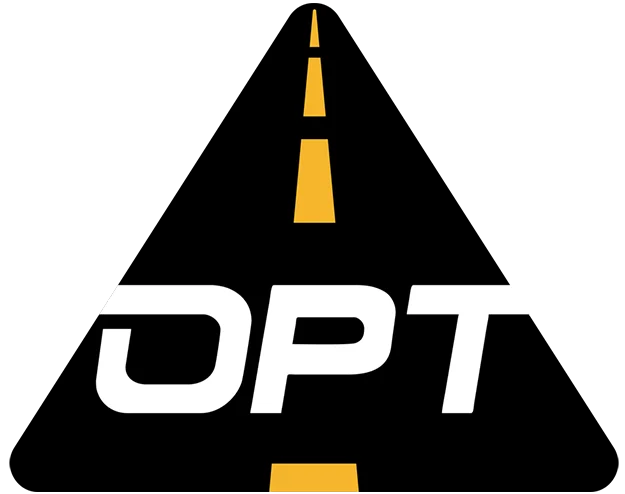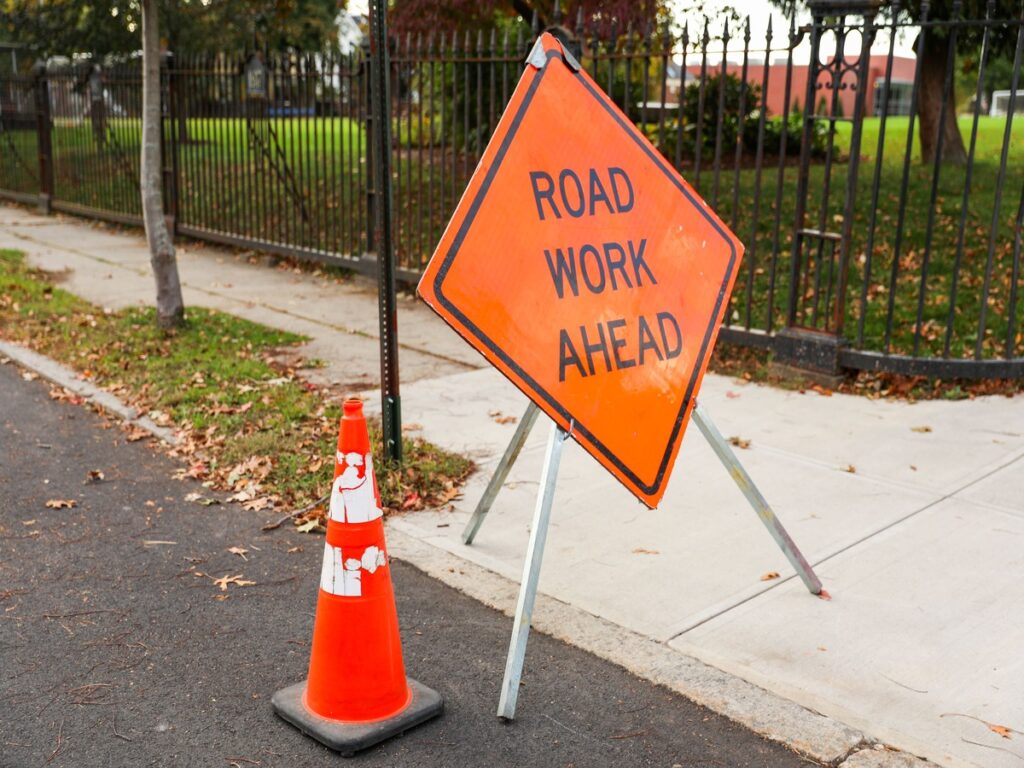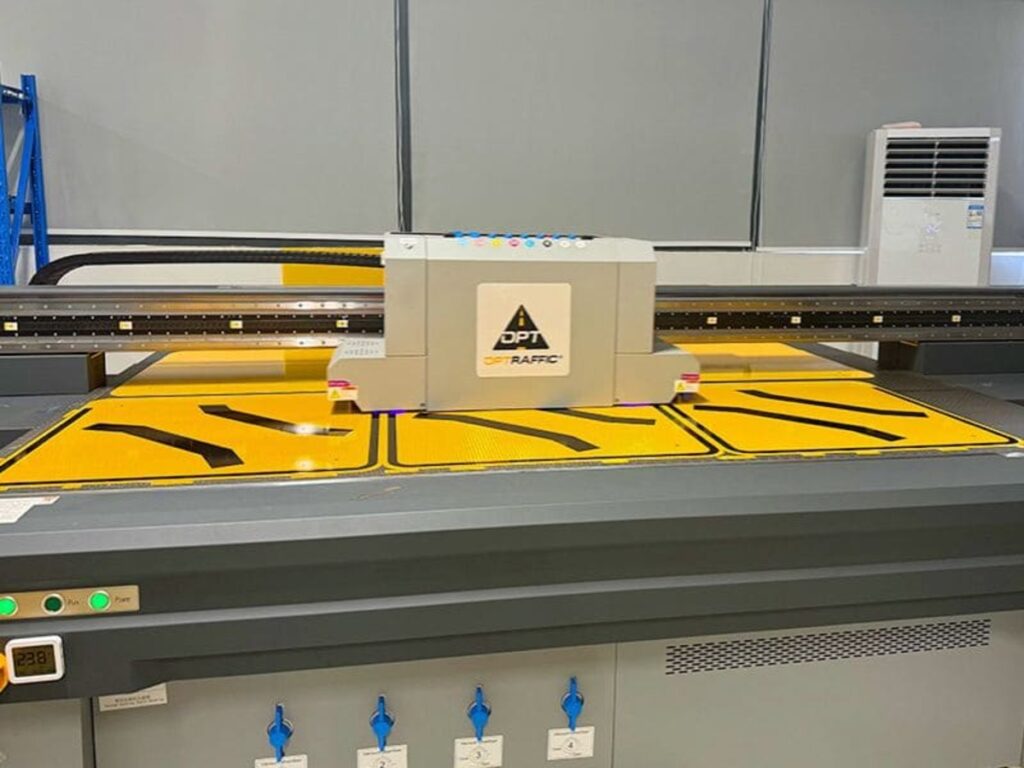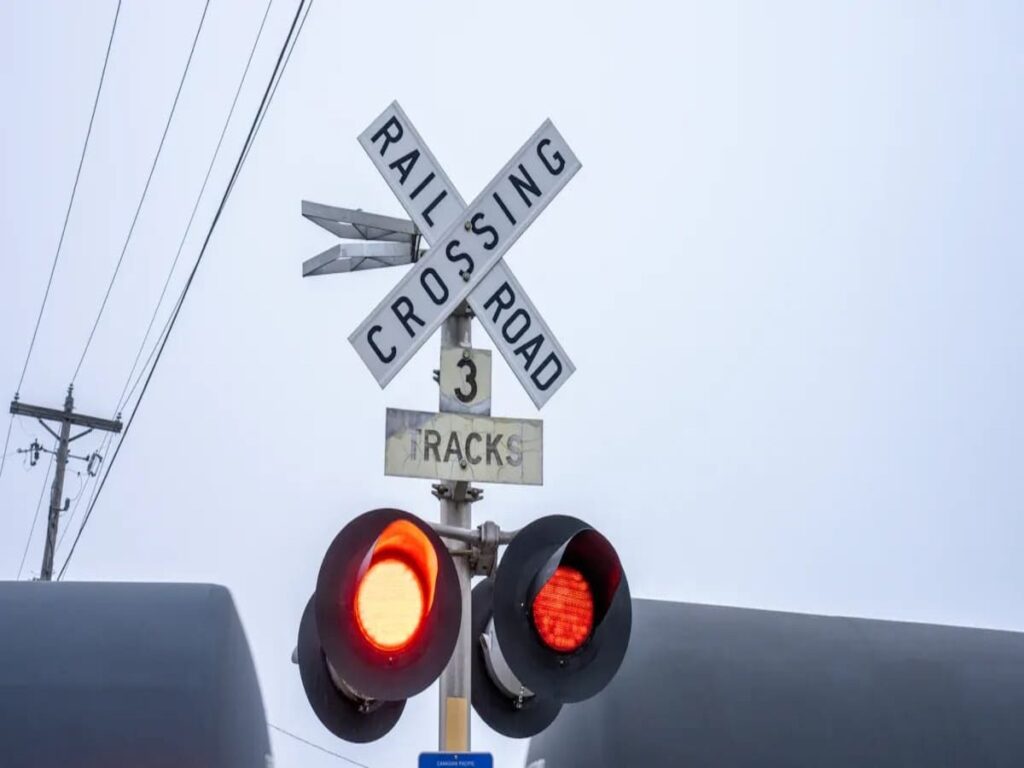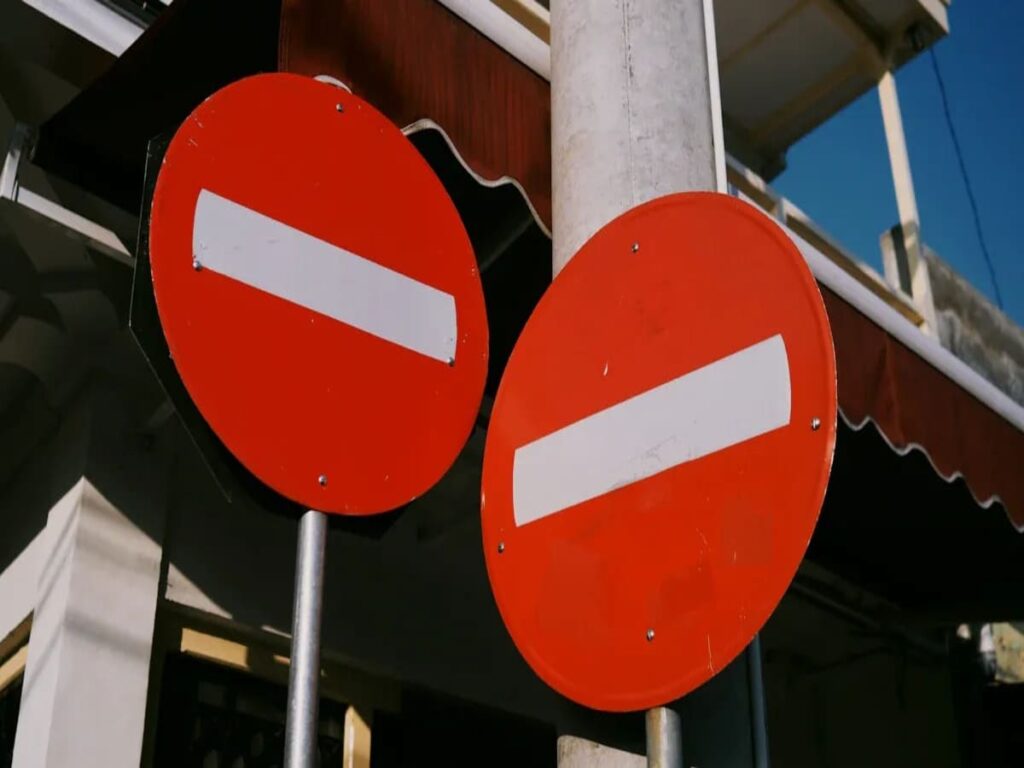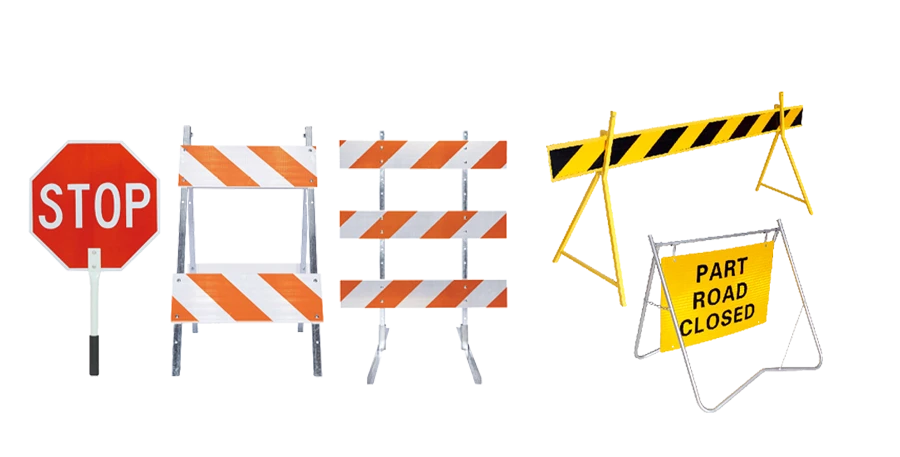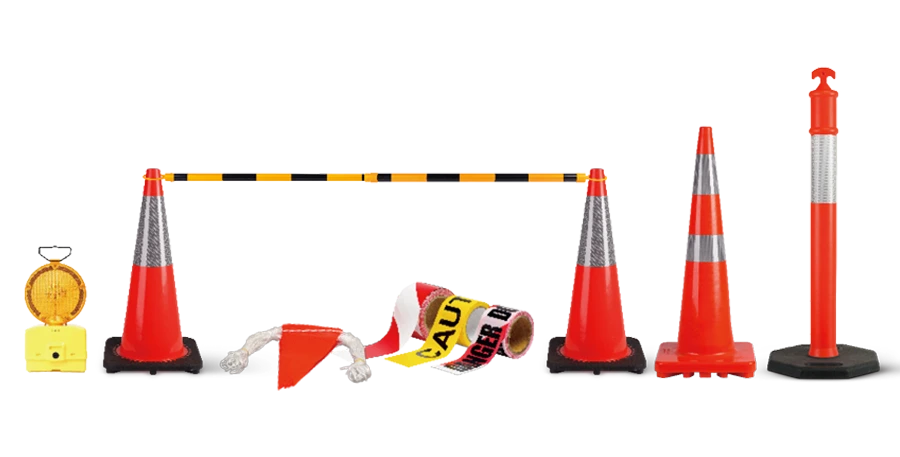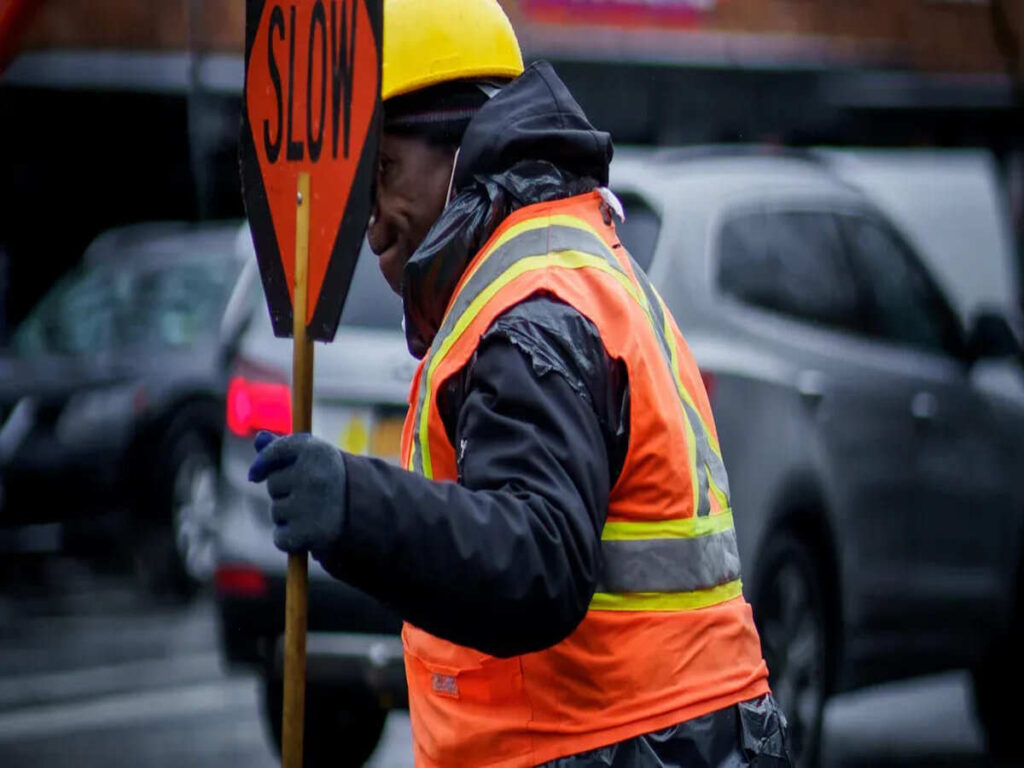
Yes, the Department of Transportation hires contractors for road sign installation. Many people and companies want to work on these projects. These projects help make roads safer for everyone. The DOT makes sure Department of Transportation signs are put in the right places. These signs help drivers and keep people safe on the road. Contractors have a big job to make sure signs are good quality.
That’s why many contractors choose OPTRAFFIC products for their road sign needs. Our high-quality signs are built to meet the strict standards set by the Department of Transportation, ensuring durability and visibility in all conditions. Whether you’re working on a large-scale highway project or a local road improvement, OPTRAFFIC provides reliable, cost-effective solutions. Contact us today to learn how we can help you deliver top-quality signage for your next project.
DOT Road Sign Process
Planning and Coordination
The Department of Transportation plans carefully before putting up road signs. First, they look at the area and check for anything dangerous. They study how cars move and what safety is needed. The DOT follows rules for sign colors, shapes, and how easy they are to read. They pick designs that are allowed and put signs at the right height. For example, stop signs are red, and warning signs are yellow. The DOT also thinks about the area, like if it is near a school or a busy road, to find the best spot for each sign.
Note: Traffic signs must be easy to see during the day and at night. The DOT picks strong materials like aluminum and uses shiny surfaces to help with this.
The DOT follows the law when planning. These rules help keep department of transportation signs safe and useful.
| Requirement Type | Description |
|---|---|
| Design | Must follow standards set by FHA and FDOT. |
| Height | Regulations set the minimum and maximum height for road signs. |
| Post Type | Use specific materials and types for safety and durability. |
| Reflectivity Level | Signs must meet reflectivity standards for nighttime visibility. |
Contractor Collaboration
The DOT works with contractors for big jobs and signs in many places. Contractors put up signs on highways, city roads, and work areas. They follow these steps:
- Look at the area and check for dangers.
- Get tools and safety equipment ready.
- Check the sign for damage and test any lights.
- Measure and mark where the sign will go.
- Put up the sign the right way for its type.
- Connect wires for signs that light up.
- Make sure the sign is steady and easy to see.
- Give tips for taking care of signs, like cleaning or checking after storms.
Contractors use their skills to make sure Department of transportation signs follow all the rules. They help the DOT keep roads safe and signs working well.
Why Contractors Are Hired
Expertise and Efficiency
Contractors bring special skills to every road sign project. They know how to handle the logistics of moving heavy signs and equipment. They also understand the rules for placing Department of Transportation signs in the right spots. These experts make sure each sign meets strict safety standards. For example, they check that signs are easy to see both during the day and at night. They use the correct colors for each type of sign, following DOT guidelines. Contractors also make sure signs stay stable in all kinds of weather. Their training helps them install signs quickly and safely.
| Skill Type | Description |
|---|---|
| Visibility | Places signs where drivers can see them clearly, day or night. |
| Standard Colors | Uses the right colors for each sign, as required by the DOT. |
| Stability | Installs signs so they stay upright and safe, even in strong winds or storms. |
Contractors often work in busy areas, like highways or city streets. They plan each step to avoid traffic problems and keep workers safe. Their experience helps them solve problems fast if something unexpected happens.
Cost-Effectiveness
Hiring contractors helps the DOT save money and finish projects on time. Contractors use their own tools and teams, so the DOT does not need to buy extra equipment. This keeps costs lower for everyone. Contractors also know how to work quickly without cutting corners. They follow a schedule and meet deadlines, which means roads open sooner and drivers stay safe. By hiring experts, the DOT can focus on planning and checking the quality of each project. Contractors help make sure Department of Transportation signs last a long time and do their job well.
Department of Transportation Signs: Contractor Involvement
Bidding and Selection
Contractors who want to work on Department of Transportation signs must follow steps. The DOT uses a bidding system to pick the best team. This helps make sure only skilled contractors put up important road signs.
- Contractors sign up their business and get a DUNS number.
- They register in the System for Award Management (SAM).
- Each contractor goes through a prequalification step with the state DOT. This checks their money records, safety history, and past jobs.
- Contractors check the DOT’s website for new projects.
- They get the right surety bonds and insurance.
- Contractors make a detailed bid package. They might go to meetings to learn more about the job.
- They follow rules for Disadvantaged Business Enterprise (DBE) and wage standards.
- Contractors turn in their bids before the deadline.
- After sending in bids, they watch their bid status and handle the contract if they win.
Tip: Contractors who care about safety, experience, and cost have a better chance to win DOT jobs.
The DOT looks at each bid closely. They check the contractor’s experience, safety record, and price. The DOT wants teams who know the rules and can finish the job safely to install department of transportation signs.
Contractor Responsibilities
Contractors have many jobs when working with department of transportation signs. They must follow strict rules and make sure every sign is safe. The DOT wants contractors to do each step carefully.
| Responsibility | Description |
|---|---|
| Installation | Checks the installation, repair, and removal of permanent signs by traffic plans. |
| Maintenance | Makes a schedule for sign maintenance and checks it gets done. |
| Traffic Control | Sets up safe traffic control to protect workers and drivers. |
| Emergency Planning | Makes detour plans and puts up temporary signs for emergencies. |
| Resource Management | Handles equipment, materials, and resources for sign jobs. |
| Crew Direction | Leads the sign crew and checks sign making. |
| Inspection | Checks the work in the field and at the end to make sure it meets plans and safety rules. |
| Utility Coordination | Schedules and checks utilities to stop damage during sign jobs. |
Contractors must also follow the Manual on Uniform Traffic Control Devices (MUTCD) and other laws. They make sure regulatory signs tell drivers about traffic laws. Each sign must be put where drivers can see it and know the rules. Contractors use retroreflective or lighted signs so drivers see them day and night.
- Contractors put signs in the right spot for each rule.
- They make sure signs are easy to read and follow the law.
- They use materials that help signs stay visible in all weather.
If contractors do not follow DOT rules, they can get in trouble:
- They can get fines up to $15,846 for each mistake.
- The DOT can stop a contractor’s work until they fix the problem.
- Safety ratings can drop, making it harder to get new jobs.
- Contractors may get in legal trouble if accidents happen because of mistakes.
- Insurance costs can go up after violations.
Contractors who follow all rules help keep roads safe. They make sure Department of Transportation signs last a long time and protect everyone on the road.
Key Considerations for Contractors
Safety Compliance
Contractors help keep roads safe for everyone. They must follow national safety rules when putting up DOT road signs. These rules make sure signs are easy to see and last a long time. The DOT uses rules from the Manual on Uniform Traffic Control Devices (MUTCD). Contractors must use these rules for every job. States need highway safety programs that match MUTCD rules. Projects with federal highway money must follow these standards.
| Standard/Requirement | Description |
|---|---|
| MUTCD Compliance | Contractors must comply with the Manual on Uniform Traffic Control Devices (MUTCD) for road sign installation. |
| Federal Highway Funds | Compliance with the MUTCD is required for projects receiving federal highway funds. |
| State Highway Safety Programs | States must have approved highway safety programs that conform with the MUTCD guidelines. |
Contractors pick strong materials so signs last longer. Laminated aluminum stands up to sunlight and weather. Anodized aluminum has a tough surface and looks shiny. Reflective aluminum costs more but does not rust and needs little care. Contractors check if signs are easy to see day and night. They use reflective gear in work zones. They put signs where drivers can see them best. If signs are hard to see, they fix or move them.
Sustainability
Sustainability is important for road sign installation. Contractors choose materials that last and need less fixing. This saves money and helps the environment. Signs made from recycled aluminum cut down on waste. Reflective coatings keep signs bright for years. Contractors plan ahead to make their work last. They pick materials that stand up to bad weather and damage. They also make signs easy to upgrade if rules change.
- Use recycled or eco-friendly materials for sign posts and panels.
- Pick coatings that resist fading and rust.
- Design signs for easy replacement or recycling.
- Choose energy-efficient lighting for illuminated signs.
Contractors who care about safety and sustainability help keep roads safe. They also help protect the environment. They make sure every sign meets high standards and lasts for many years.
Working with Sign Manufacturers
Procurement Process
Contractors team up with sign makers to get DOT-approved signs. They check each sign to make sure it is good quality. Signs must follow strict safety and durability rules. Contractors look for certifications like ISO 9001. They also check if signs meet MUTCD standards. Mill certificates show the aluminum and reflective materials are strong. Third-party reports prove signs can handle sun, rain, and hits. Contractors sometimes visit factories to watch how signs are made. Good manufacturers deliver signs on time and use digital tools to track orders.
| Verification Method | Description |
|---|---|
| Certifications | Look for ISO 9001 certification and compliance with regional safety standards (MUTCD, EN 12899, GB 5768). |
| Material Traceability | Ensure suppliers provide mill certificates for aluminum substrates and reflective sheeting documentation. |
| Third-party Testing Reports | Require reports for photometric performance, impact resistance, and weather durability. |
| Production Audits | Evaluate factory conditions and quality control checkpoints during production. |
| Delivery Performance | Leading manufacturers should maintain ≥95% on-time delivery rates. |
| Digital Workflow Integration | Use of digital tools for order tracking indicates operational maturity. |
Contractors use these steps to make sure every sign is safe for drivers.
Custom Solutions
Manufacturers help contractors make special signs for DOT jobs. OPTRAFFIC creates custom traffic signs for different projects. They use new technology to make roads safer and signs easier to see. Their team follows local rules and checks each sign for quality. OPTRAFFIC also helps contractors keep signs working after installation.
- Custom traffic signs for special projects
- New technology for better safety and clear signs
- Focus on new ideas and strong quality checks
- Full support after sales to keep signs working
Contractors and manufacturers work together to plan and manage projects. They design signs, set goals, and make drawings for bids. Project managers help from start to finish, including installation and care.
| Service Type | Description |
|---|---|
| Consulting Services | Streamline the permitting, design, manufacturing, and installation stages of any project. |
| Pre-Construction Services | Establish design concepts and project requirements, identify construction means and methods. |
| Sign Specification Program | Transform concept drawings into detailed construction drawings for accurate bids and budgets. |
| Target Value Design | Turnkey solutions to meet budget, design intent, and branding of your project. |
| Dedicated Project Management | Communication and support at every step from drafting to maintenance. |
This teamwork helps contractors put up signs that follow DOT rules and keep roads safe.
The Department of Transportation hires contractors to put up road signs. This teamwork has many good points:
| Benefit | Description |
|---|---|
| Cost Savings | Agencies save money by sharing tools and working together. |
| Improved Efficiency | Working as a team helps jobs get done faster and better. |
| Enhanced Service Delivery | Teams can fix problems quickly, which keeps people safer. |
| Better Coordination | Sharing goals helps everyone check results and work smarter. |
Skilled contractors help make roads safer and finish jobs on time. They know how to get sites ready and control traffic to stop accidents. Companies that want DOT jobs can look into DBE certification, find contract chances, and see what jobs are coming up. Good sign manufacturers like OPTRAFFIC help contractors by making strong, custom road signs for every project.
FAQ
How does the DOT choose contractors for road sign installation?
The DOT looks at bids from different contractors. They check if the contractor has done this work before. They also look at safety records and how much it will cost. The DOT picks teams that follow all the rules and have good skills.
Tip: Contractors with safe work history and clear bids get picked more.
What rules must contractors follow when installing road signs?
Contractors must use the Manual on Uniform Traffic Control Devices (MUTCD). They need to use approved materials for every sign. Signs must be put where drivers can see them easily.
| Rule Type | Example |
|---|---|
| Safety | MUTCD compliance |
| Materials | Reflective aluminum |
Can contractors use custom signs for DOT projects?
Contractors can use custom signs if they meet DOT rules. Companies like OPTRAFFIC help make signs that fit each project. These signs must still follow all safety rules.
- Custom shapes
- Special colors
- Extra reflectivity
What happens if a contractor does not follow DOT rules?
The DOT can give fines or stop the contractor’s work. Contractors might not get more jobs if they break safety rules.
🚨 Safety is very important! Contractors must always follow DOT rules.
